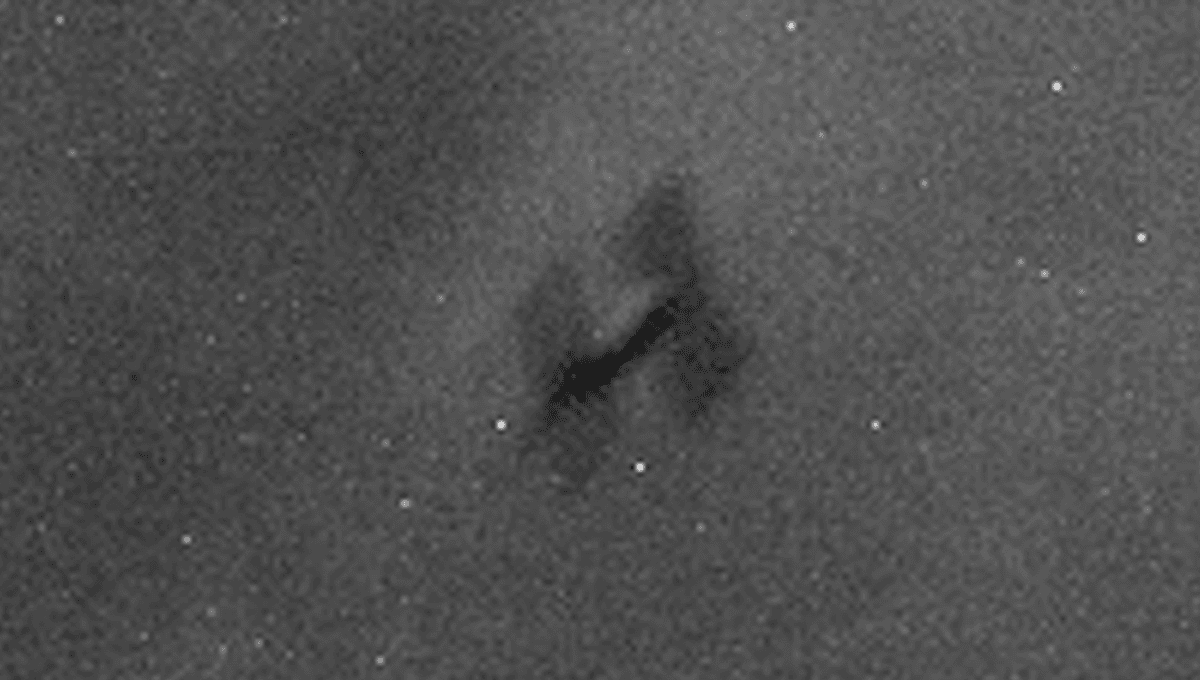
On Wednesday evening, the European Space Agency’s (ESA’s) European Remote Sensing 2 (ERS-2) satellite will re-enter the Earth’s atmosphere, just under 13 years after its mission ended.
ERS-2 was launched in April 1995, an Earth-monitoring satellite tasked with monitoring our planet’s ocean temperatures, winds, polar ice, and changing landscapes. The satellite was also used to monitor natural disasters in hard-to-reach areas. The satellite pioneered technology in use by the next generation of satellites, including a radar altimeter that paved the way for the operation of CryoSat, dedicated to monitoring the planet’s ice levels.
“Back when ERS-2 was launched the notion of climate change was far less appreciated and understood than it is today,” the ESA said in a statement about ERS-2’s final journey, “but the ERS missions gave scientists the data that helped us to begin to understand the impact that humans are having on the planet.”
As its 16-year mission concluded, ESA lowered the satellite’s altitude from 785 kilometers (487 miles) to 573 kilometers (356 miles) to lower the chances of collisions with other space objects.
“In 2011, after almost 16 years of operations, ESA took the decision to bring the mission to an end. A series of deorbiting manoeuvres was carried out to low the satellite’s average altitude and mitigate the risk of collision with other satellites or space debris,” the ESA explains. “The satellite was also passivated to reduce the risk of fragmentation.”
Fuel-less, ERS-2 continued to orbit Earth, but thanks to atmospheric drag is now set to crash to Earth on Wednesday evening. The satellite, which is being closely monitored as it makes its descent, is due to reenter the Earth’s atmosphere at 20:53 UTC, though unpredictable solar activity means that the error margin is +/– 7.48 hours. Whenever it happens, the satellite’s fate is sealed.
“After 13 years of orbital decay, mainly driven by solar activity, the satellite will now naturally reenter Earth’s atmosphere,” the ESA explained, adding that risk to the public is very low, and that much of the satellite will burn up on re-entry.
Source Link: Decades-Old ERS-2 Satellite Set For Uncontrolled Re-Entry Into Earth's Atmosphere Tomorrow